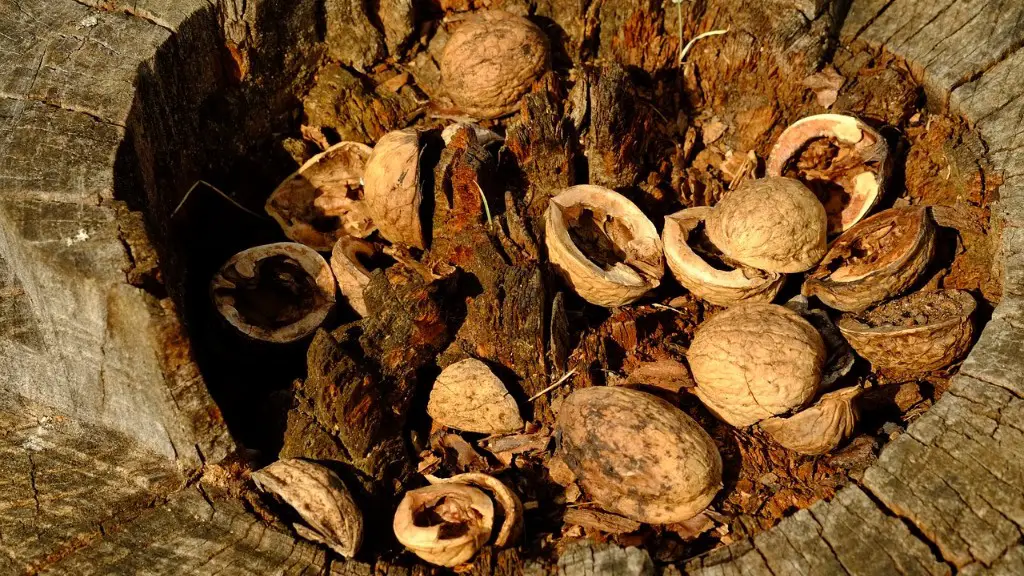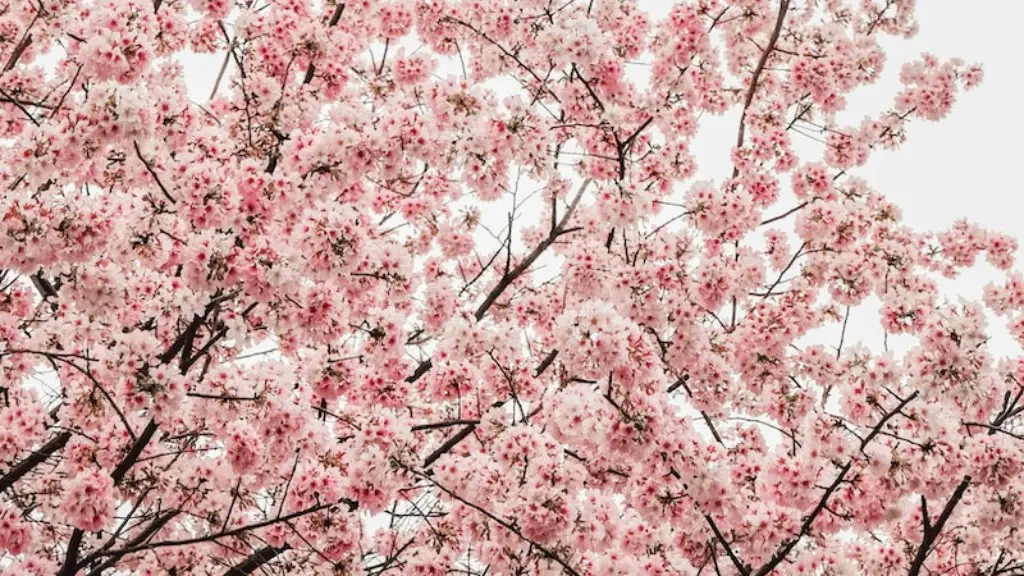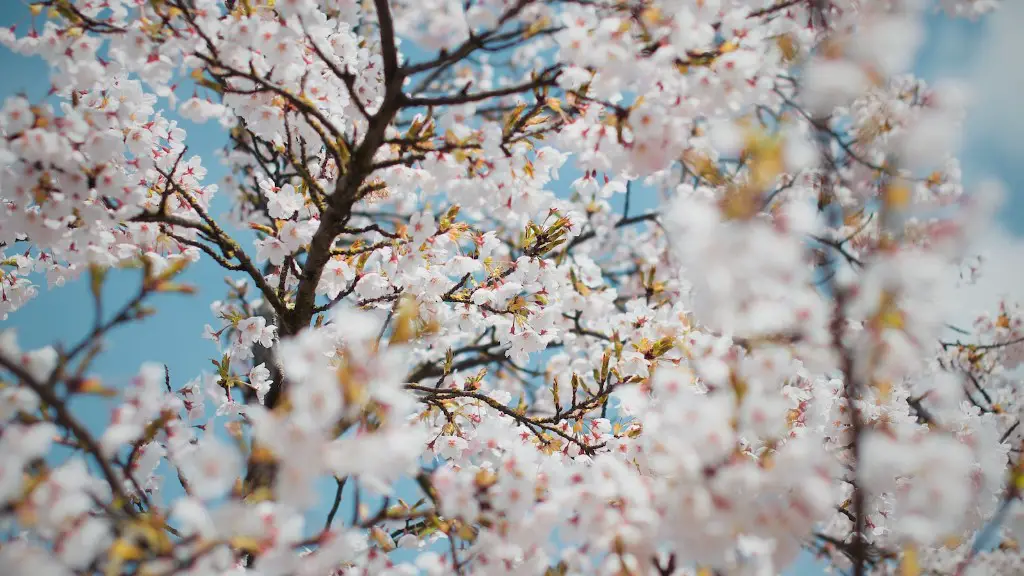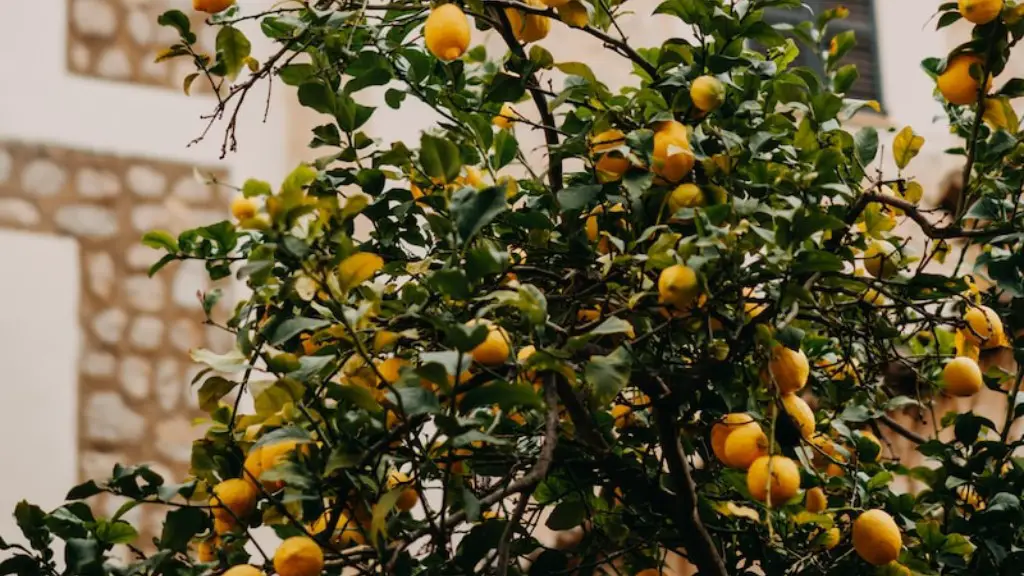Macadamia nut trees are native to Australia and were first introduced to Hawaii in 1882. Today, they are grown in tropical and subtropical regions around the world, including Hawaii, South Africa, Brazil, California, and Florida. Macadamia nut trees are evergreen trees that can grow up to 30 feet tall. They have dark green, glossy leaves and produce small, white flowers. The flowers turn into brown, woody fruits that contain two seeds, which are the macadamia nuts.
Macadamia nut trees are native to Australia, and they thrive in warm, humid climates. They can be grown as ornamental trees or for their edible nuts.
To grow a macadamia nut tree, start with a seedling or young tree from a nursery. Plant it in well-drained, fertile soil in full sun. Water it regularly, especially during the first year or two, until it becomes established. Prune it regularly to keep it healthy and shape it the way you want it to grow. Fertilize it with a balanced fertilizer once or twice a year.
Harvest the nuts when they fall from the tree. Crack them open to eat the nuts inside.
Are macadamia nuts easy to grow?
Macadamia nuts are a popular snack food, and growing them from seed is not difficult. However, the resulting trees may be variable, and they may not produce fruit or a slightly inferior nut to the parent tree. However, you might get lucky and get a fruiting tree in 5 to 10 years.
Macadamias are a popular type of tree nut, known for their creamy texture and rich flavor. They grow best in warm, frost-free climates and prefer well-drained soil that is enriched with compost. Gardeners in cooler climates who are interested in growing macadamias should take care to protect young trees from frost for the first few years. One way to do this is to wrap the tree in a hessian cloth or similar material, and erect a few timber stakes around it for support. With proper care, your macadamia tree should thrive and produce an abundance of nuts for you to enjoy.
What zones do macadamia tree grow in
This plant prefers consistent rainfall of at least 50″ per year and is winter hardy to USDA Zones 9-11. It is best grown in rich, well-drained soils in full sun.
Macadamia nuts are a type of nut that grows well in warm climates with plenty of rainfall. They require a frost-free location and at least 850mm of evenly distributed rainfall per year. The optimum soil pH for macadamia nuts is 5-6.
Do you need 2 macadamia trees?
It is believed that having two different varieties of macadamias in your garden will result in a higher yield of nuts. This is because the different varieties will cross-pollinate, leading to a higher rate of pollination. Although two trees are not essential for pollination, it is thought that having two will increase your chances of a successful harvest.
While macadamia nuts originate in Australia, they are now commercially grown in many places around the world, including Hawaii, Latin America, Africa, and Asia. In the continental United States, macadamia nut trees can be found in California and Florida.
Do macadamia trees need a lot of water?
Mature macadamia trees can use a lot of water, up to 350 litres or more per week in hot, dry weather. This can require up to five megalitres (5 million litres) of water per hectare per year. When irrigating, always use a soil moisture monitoring system such as tensiometers or capacitance probes to ensure water is being applied efficiently. This will help save water and ensure your trees stay healthy.
Macadamia nuts originated in Australia, but commercial production of the nut is concentrated in Hawaii. Some countries in Latin America, Africa and Asia also grow macadamia nuts. In the continental United States, macadamia nut trees are found in California and Florida.
Which US state grew the most macadamia nuts
Macadamia nuts are a popular food item, and Hawaii is the leading macadamia-producing state in the US. Global competitors for macadamias include Kenya, Costa Rica, South Africa and Australia. Macadamias are in the Proteaceae family, and the two species which are grown are Macadamia integrifolia and M. tetraphylla.
Macadamias can be grown from seed, but they’re usually propagated by cuttings or grafting, which produces the best results. Macadamia trees can reach 20 metres, but if you’ve got limited space, consider the new dwarf varieties that are much smaller. Grow them in a pot, but change the potting mix every couple of years.
Can you eat raw macadamia nuts?
Macadamia nuts are a delicious and healthy option for those looking for a nutritious snack. With a mild, buttery flavor, these nuts can be enjoyed raw or used in a variety of recipes. Although they are high in fat, macadamia nuts contain primarily monounsaturated fat – the heart-healthy type of fat that can help reduce your risk of heart disease and type 2 diabetes. So go ahead and enjoy a handful of these tasty nuts – your body will thank you!
We have a variety of Macadamia trees available for purchase. All mother-material is sourced from our own orchards at Amorentia Estate. The price is R80 per tree.
Are macadamia trees messy
Macadamia trees are wonderful for providing ample amounts of shade and for bearing a tasty crop of nuts. However, once the flowers drop, the area beneath the tree can become quite messy. It is important to take this into account when planting a macadamia tree and to make allowances for the resulting mess.
Macadamia seeds were first brought to Hawaii from Queensland in the late 19th century by one WH Purvis. They were then planted in Honolulu by RA Jordan. Based on historical records, we know that macadamias were brought to Hawaii twice more in the late 19th century.
How fast do macadamias grow?
Macadamia trees are native to Australia and can take up to 15 years to reach maturity. Mature trees can grow to heights of 12-15 metres and have shiny, dark green leaves. Macadamias are mostly grown in northern New South Wales and south-eastern Queensland, where the climate is suitable for their growth.
Mature macadamia trees are fairly frost hardy, tolerating temperatures as low as 24° F, but the flower clusters are usually killed at 28° F. Young trees can be killed by light frosts. M tetraphylla appears to be slightly more cold-tolerant.
What animal eats macadamia nuts
The macadamia nut is a species of tree native to Australia and grown extensively in Hawaii. The tree produces a hard, woody shell enclosing a edible kernel. The hard shell of the macadamia nut often prevents animals from eating it and thus dispersing the seed. However, there are some animals, such as cassowaries and rodents, that are able to eat the nut and help disperse the seed. Additionally, pet hyacinth macaws are often fed macadamia nuts, as they can break the hard shell with their strong beaks.
Macadamia nuts are one of the most expensive tree nuts in the world due to their scarcity. Less than 1% of all tree nuts produced worldwide are macadamia nuts. The main reason for their scarcity is the lengthy time it takes for them to grow. Most tree nuts, including macadamia nuts, grow on trees. This leads to a delay from planting to harvest.
Conclusion
To grow a macadamia nut tree, you’ll need to start with a young tree from a nursery. Plant the tree in well-drained soil in a location that gets full sun. Water regularly and fertilize monthly. Once the tree starts to bear fruit, thin the crop to encourage larger nuts. Protect the crop from birds and other animals with netting. Harvest the nuts when they fall from the tree.
When growing macadamia nut trees, it is important to provide them with full sun and well-drained soil. These trees are also quite drought-tolerant, so they do not need to be watered often. Fertilize your tree every six weeks with a balanced fertilizer, and mulch around the base of the tree to help retain moisture. With proper care, your macadamia nut tree can provide you with a bountiful harvest for many years to come.




